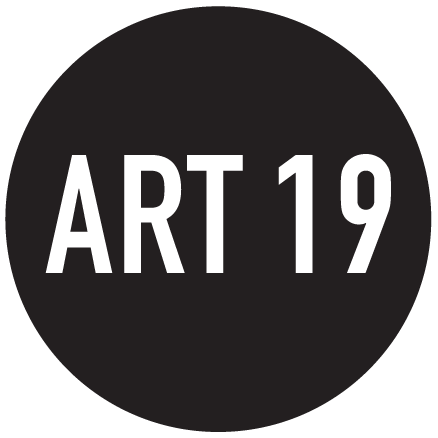E-flux : Shirin Neshat, Jeffrey Gibson, and Felix Gonzalez-Torres
Museum of Contemporary Art Toronto.
Shirin Neshat, Jeffrey Gibson, and Felix Gonzalez-Torres
March 10–July 31, 2022.
Museum of Contemporary Art Toronto
158 Sterling Road
Toronto Ontario M6R 2B7
Canada
Hours: Wednesday–Sunday 11am–6pm,
Friday 11am–9pm
T +1 416 530 2500
info@moca.ca
MOCA Toronto’s season of exhibitions opens March 10 with internationally renowned artists Shirin Neshat: Land of Dreams; Jeffrey Gibson: I AM YOUR RELATIVE, and Felix Gonzalez-Torres: Summer, alongside Toronto based artists Debashis Sinha: in the house’s endeepened wide gracious flow; and Maria Qamar: Dhamakedar, Superstar!.
Shirin Neshat: Land of Dreams
Shirin Neshat’s first major Canadian exhibition in 20 years focuses on her most recent project, Land of Dreams, which marks a pivot in Neshat’s gaze toward the “western world.” The central work that gives the exhibition its title comprises over 100 photographic portraits and a video installation, converging photography and film into an immersive experience that presents a perspective on contemporary America. The portraits capture a diverse range of American experiences, including Black, Indigenous, Hispanic/Latinx peoples of many ages and genders. Many are inscribed with hand-written Farsi calligraphy, which annotates the subjects’ dreams or notes their name and place and date of birth. To complement Land of Dreams, the exhibition includes two of Neshat’s seminal films Roja (2016) and Rapture (1999), as well as photographs from the series Women of Allah (1993-1997).
Jeffrey Gibson: I AM YOUR RELATIVE
A newly commissioned exhibition of work by Mississippi Choctaw-Cherokee artist Jeffrey Gibson, I AM YOUR RELATIVE includes a suite of moveable multi-purpose stages that can be reconfigured by performers and visitors. Co-commissioned by MOCA Toronto and the Toronto Biennial of Art (TBA) and situated on MOCA’s free admission first floor, the surface of the stages are covered with posters and stickers designed by Gibson incorporating words and images, drawn from artworks and texts he has created in the past decade. This visual archive, which prioritizes Indigenous, Black, Brown, and queer voices, speaks to strategies of storytelling and place-making and to what histories are remembered and how. Specially commissioned speakers and performers, as well as members of the public, are invited to make use of the space while the exhibition is on view.
Felix Gonzalez-Torres: Summer
Summer, the first solo exhibition in Canada of acclaimed artist, Felix Gonzalez-Torres (Cuban-born, American, 1957-1996), generates reflections on our relationship to place: the social and natural landscape. Gonzalez-Torres produced an expansive oeuvre before his death from AIDS-related illness, becoming influential for his evocative use of mass-produced objects and his conceptual approach to photography. Invested in destabilizing authority and fixed meanings, he extended certain decision-making responsibilities to owners, exhibitors, and audiences, ensuring the significance of the work would evolve with time. Summer presents a number of significant works including the text portrait, “Untitled,” 1989, a listing of personal and historical events, names and places with corresponding dates, and “Untitled (Public Opinion),” 1991, a mass of black licorice candies from which viewers may choose to take. The works will shift through-out the exhibition as they are reconfigured, consumed, and endlessly interpreted.
Maria Qamar: Dhamakedar, Superstar!
Artist and author Maria Qamar’s site-specific intervention speaks to the Canadian South Asian diaspora. Her work includes vinyl wallpapers, paintings, and designed objects such as samosa bean bags with references to pop art, Bollywood and the artist’s Desi heritage, and pieces where female characters play a major role.
Debashis Sinha: in the house’s endeepened wide gracious flow
Debashis Sinha’s site-specific sound work explores and expands on the connective nature of the MOCA stairwell. He draws on processes of speculative mythology, derived from a blending of machine learning, sonic art, and audio composition; introducing us to field recordings collected in Kolkata, India and transposed into the Canadian diaspora through sound.
Article published on https://www.e-flux.com

